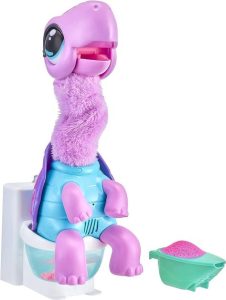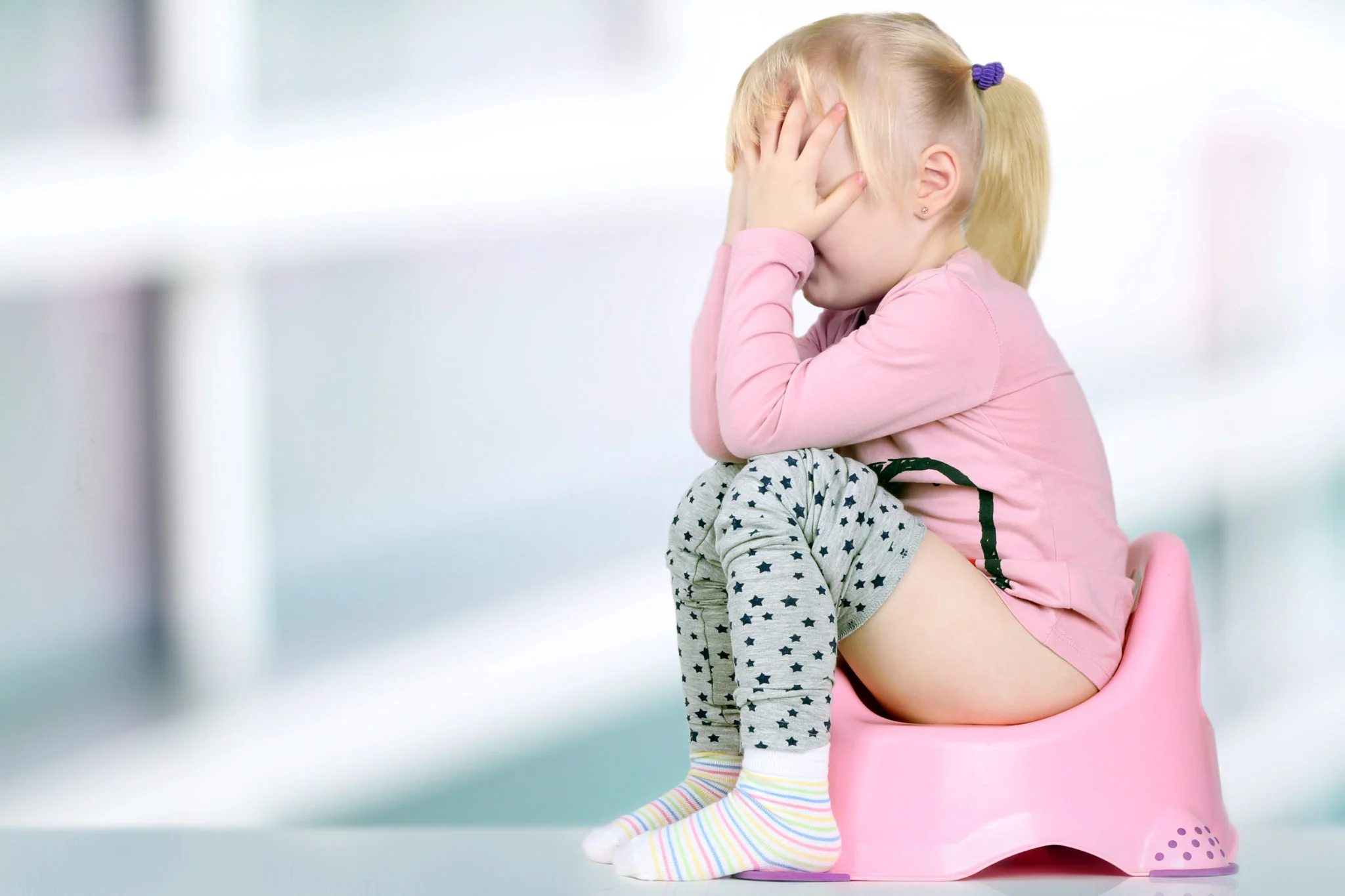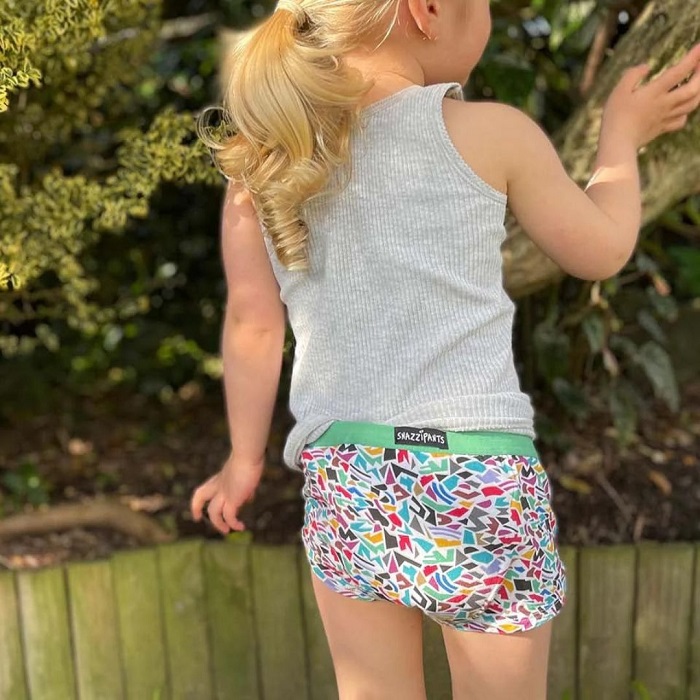Potty training is a significant milestone in a child’s development. It can also be a messy and frustrating time for both parents and toddlers. However, potty training toys can be a helpful tool to make the process more engaging and rewarding for your little one.
Understanding the Benefits of Potty Training Toys
It can offer several advantages during potty training:
Spark Curiosity and Interest:
Toys can pique a child’s curiosity about the toilet and using it properly.
Promote Positive Associations:
Fun and engaging toys can make using the potty a more positive experience for children.
Introduce Potty Concepts:
Singing potty toys or illustrated books can help toddlers understand the mechanics of using the toilet.
Offer Comfort and Security:
A cuddly stuffed animal or familiar toy in the bathroom can provide comfort and reduce anxiety during potty time.
Provide Opportunities for Practice:
Some training toys allow children to practice flushing, washing hands, or dressing after using the potty.
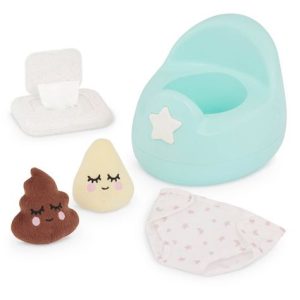
Choosing the Right Training Toys
With a vast array of potty training toys available, selecting the ones that suit your child’s needs and preferences is important. Here are some factors to consider:
-
Age and Developmental Stage: Match the toy’s features and complexity to your child’s age and understanding.
-
Interests and Preferences: Choose toys that align with your child’s interests, such as characters from their favorite shows or toys that sing or make sounds.
-
Learning Style: Consider if your child learns best through visual aids, interactive play, or songs and rhymes.
-
Safety: Ensure the toy is age-appropriate and free of small parts that could pose a choking hazard.
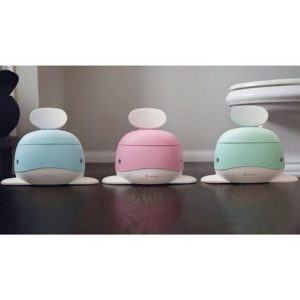
Exploring Different Types of Training Toys
There’s a potty training toy for every child! Here’s a glimpse into some popular options:
-
Singing Potty Chairs: These interactive potty chairs play songs or sound effects when your child uses the potty, adding a fun element to potty time.
-
Dolls and Stuffed Animals: Dolls that wet or pee into a miniature potty can help children understand the concept and relate to using the potty themselves.
-
Potty Books: Colorful and engaging books can introduce potty training concepts in a fun and informative way.
-
Bath Toys: Bath time can be a great opportunity to introduce potty concepts with bath squirters or floating toys.
-
Reward Charts: Reward charts with stickers or small tokens can motivate children and celebrate their potty training achievements.
Using Potty Training Toys Effectively
Potty training toys are most effective when used alongside consistent positive reinforcement and clear communication. Here are some tips for maximizing the benefits of potty training toys:
-
Incorporate Playtime: Integrate potty training toys into everyday playtime to introduce potty concepts in a relaxed setting.
-
Narrate and Explain: Talk about how the toys use the potty and explain the steps involved in using the potty yourself.
-
Make it a Routine: Include potty time with potty training toys as part of your child’s daily routine.
-
Offer Praise and Encouragement: Celebrate your child’s efforts and progress, regardless of accidents.
-
Be Patient and Positive: Potty training takes time. Stay patient, positive, and use potty training toys as a fun and supportive tool.
Beyond Potty Training Toys: Additional Tips for Success
While potty training toys can be a helpful aid, they are not a magic solution. Here are some additional tips to ensure a smooth potty training journey:
-
Set Up the Bathroom for Success: Provide a child-sized potty chair, step stool, and wipes within easy reach.
-
Create a Potty Time Routine: Establish a consistent schedule for potty attempts, such as after waking up, before bed, or after meals.
-
Stick to Underwear: Once your child shows interest, transition from diapers to underwear to reinforce the feeling of wetness.
-
Accidents Happen: Accidents are inevitable. Avoid punishment, clean up calmly, and use it as a teaching opportunity.
-
Celebrate Milestones: Celebrate each potty training success, no matter how small, to keep your child motivated.
Potty training toys can be a valuable asset in your child’s potty training journey. By choosing the right toys, using them strategically, and implementing positive reinforcement techniques, you can create a fun and successful potty training experience for both you and your child.
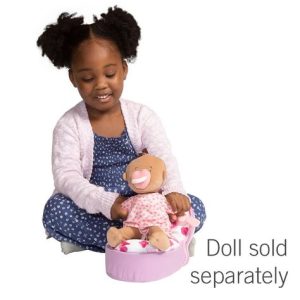
Keeping Potty Training Playful: Activities Beyond Toys
Potty training toys can be a great way to engage your child, but there are many other fun activities that can make potty training a positive experience. Here are some ideas:
-
Bathroom Books: Decorate your bathroom with colorful and age-appropriate books about potty training. Spend time reading together during potty time to make it a relaxing and enjoyable experience.
-
Sing Songs and Rhymes: Make up silly songs or sing familiar rhymes about using the potty. This can help keep your child engaged and make potty time more fun.
-
Post-Potty Cheer: Celebrate successful potty attempts with a short dance, a high five, or a sticker chart. Positive reinforcement can motivate your child and make them more likely to continue using the potty.
-
Potty Time Practice: Practice flushing the toilet together or letting your child pretend to wash their hands with soap-free bubbles. This can help them get familiar with the routine of using the potty.
-
Role-Playing: Act out using the potty with dolls or stuffed animals. Let your child take the lead and narrate the steps involved. This can help them process the concept of using the potty in a safe and familiar way.
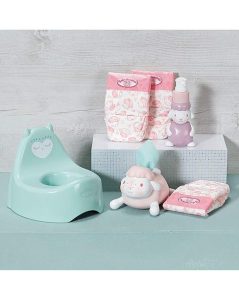
The Importance of Open Communication
Communication is key throughout the potty training process. Here are some tips for fostering open communication with your child:
-
Use Simple Language: Explain things in a way that your child can understand. Avoid using confusing terms or phrases.
-
Answer Questions Honestly: Be prepared to answer your child’s questions about potty training openly and honestly.
-
Label Body Parts and Functions: Teach your child the correct names for their body parts and bodily functions. This will help them communicate their needs effectively.
-
Create a Safe Space for Questions: Encourage your child to ask questions about potty training without fear of judgment or embarrassment.
-
Celebrate Curiosity: When your child shows curiosity about the potty or toileting, use it as a teachable moment and celebrate their inquisitiveness.
Conclusion
Potty training can be a journey with ups and downs. By incorporating potty training toys, engaging activities, and open communication, you can create a supportive and positive environment for your child. Remember, patience, consistency, and positive reinforcement are key to successful potty training.


